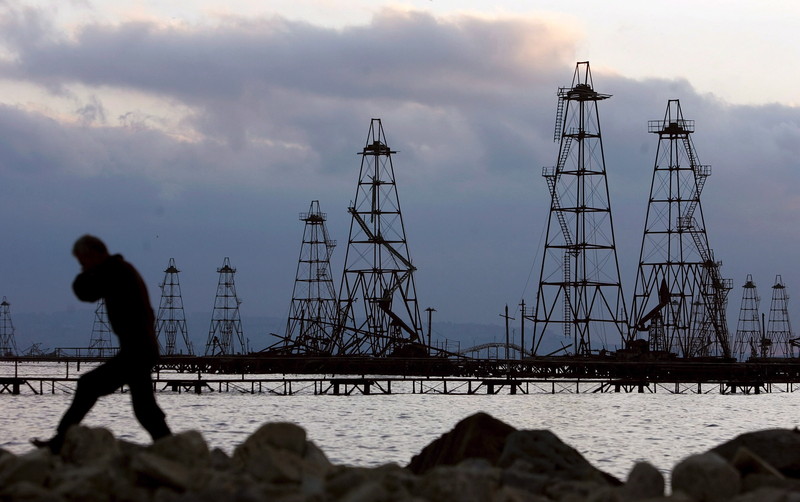The price of oil could plunge to as little as $10 a barrel by 2050 if the world succeeds in electrifying the energy market and meeting the Paris Agreement goals, analysis by consultancy Wood Mackenzie shows.
If world leaders take decisive action to keep global warming at the 2 C limit set out in the Paris climate accord by 2050, oil demand will drop “significantly,” the energy research and consultancy company said in a report released on April 15. Under this accelerated energy transition scenario – which they specified was not their base-case forecast – the energy market will be increasingly electrified through to 2050, squeezing out the most polluting hydrocarbons, like oil. This would make a demand for oil fall by as much as 70 percent by the end of the next three decades.
“Our Accelerated Energy Transition Scenario gives an indication of how energy demand, supply and pricing will change if policy and technology are rapidly deployed to cut greenhouse gas emissions in line with the Paris Agreement,” Ann-Louise Hittle, vice president, Macro Oils, at Wood Mackenzie, said. “Under that scenario, the energy matrix will change – and change profoundly.”
Under this scenario, oil demand would drop significantly, and with it, oil prices. OPEC would have an oil-market share of more than 50 percent by 2050, but less control. The steep fall in demand would prevent those key oil producers from managing the market and supporting prices in the way it does today. Despite losing their price-setting ability, however, low-cost Middle East OPEC producers would remain core providers of oil.
As a result, oil prices would begin to slip later this decade. By 2030, under AET-2, Wood Mackenzie would expect Brent to average $40 per barrel, down from $60 to $70 currently. By 2050, Brent may slide to $10 to $18/bbl.
Still, the consultancy said that the price outlook for gas remains firm under their scenario, as gas demand would remain resilient and continue to require investments in gas and LNG supply, which will support prices. As oil prices decline, gas will eventually trade at a premium to oil, accelerating the shift of capital investment towards the sector. Their analysis shows Henry Hub prices trading at $3 to $4 per 1,000 cubic feet, similar to their base-case view.
In the global LNG market, resilient Asian gas demand leads to reliance on 290 million tonnes per annum of pre-final investment decision LNG supply, including higher-cost US LNG. As a result, LNG prices jump to $8 to $9 per million British thermal units by 2040. It is not until after 2040, when global gas demand begins to ease, that Henry Hub and LNG prices start softening due to increased competition of supply.
Under this scenario, “the world would require $330 billion to support LNG growth globally and $700 billion to support dry gas development in North America,” Massimo Di-Odoardo, vice president, Global Gas & LNG, at the consultancy, said.

